

Scripted
Space*
Scripted Space* is a visual essay composed of three different city council meeting spaces (Los Angeles, South Pasadena, and Pasadena). The collection of photographs examines the physical infrastructure (furniture, speakers, layout), the decision makers (city council members), and witnesses (members of the public). By isolating certain elements in the meeting setting, we can start to understand who is ignored and empowered. The use of rope barriers, speakers, uniformed police, speaker public comment cards, and timed lights serve as acts of control and impose a specified type of hierarchical structure within this setting. This meeting acts more as of a formality serving as a method of record rather than an expression of civic dialogue. As many Americans know true policy and decision making happens not in this formal setting, but in meetings public and private. The city council space ultimately is an expression of power and hierarchy wherein certain stakeholders have more agency and others don’t. More formally, I created book documentation to process, isolate, and reveal the structural setting of the meeting.
To read about the whole project, Driverless Government, click here.
Year
2017–2018
Discipline & Research Area
Design Research, and Civics
Responsibilities
Photography and Composition
Los Angeles
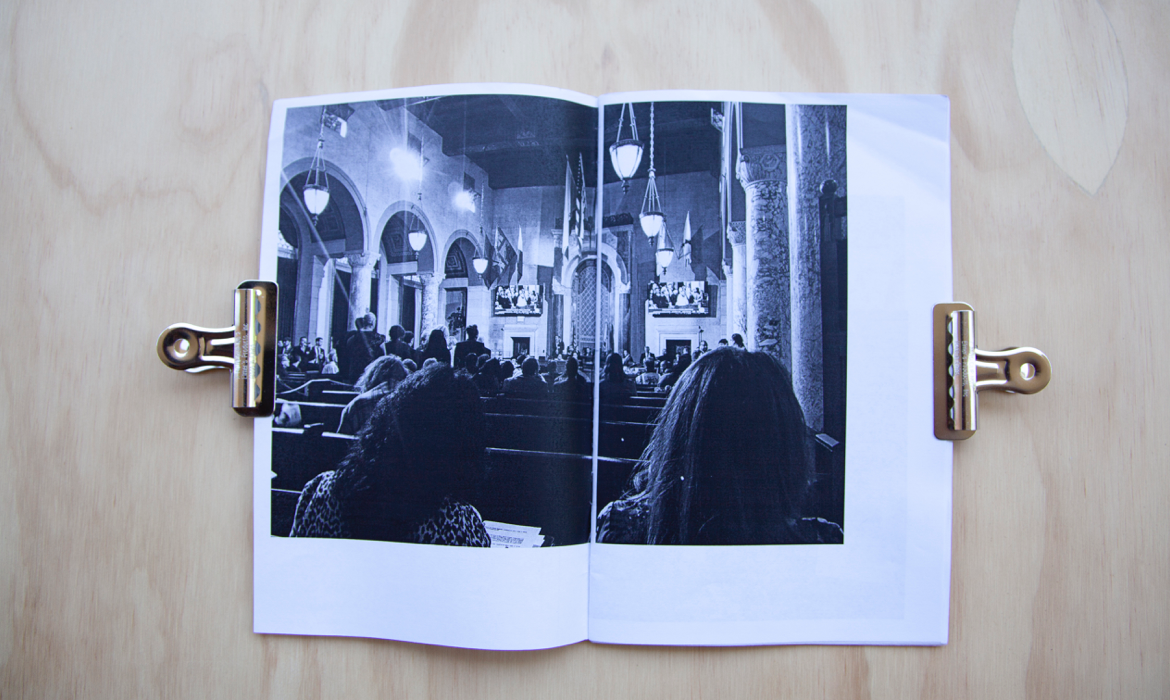

Figure 1: The City Hall space creates a strong formal relationship between the audience and city council members.
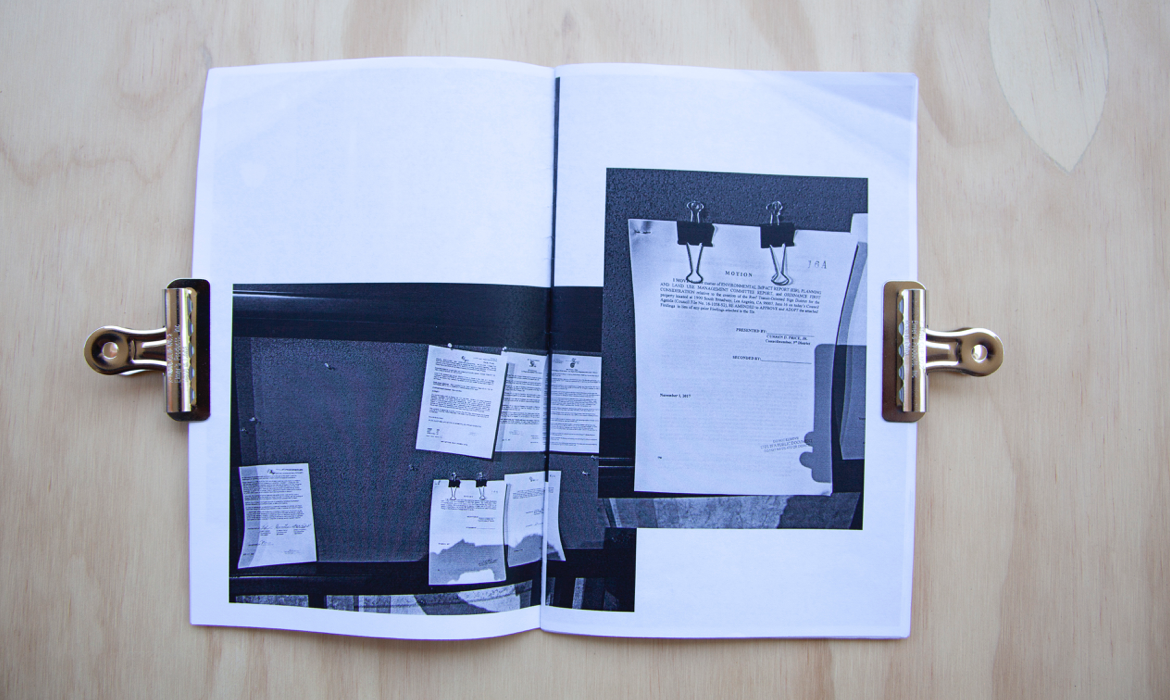

Figure 2: Motions are posted on a board inside the meeting space for the public to review.
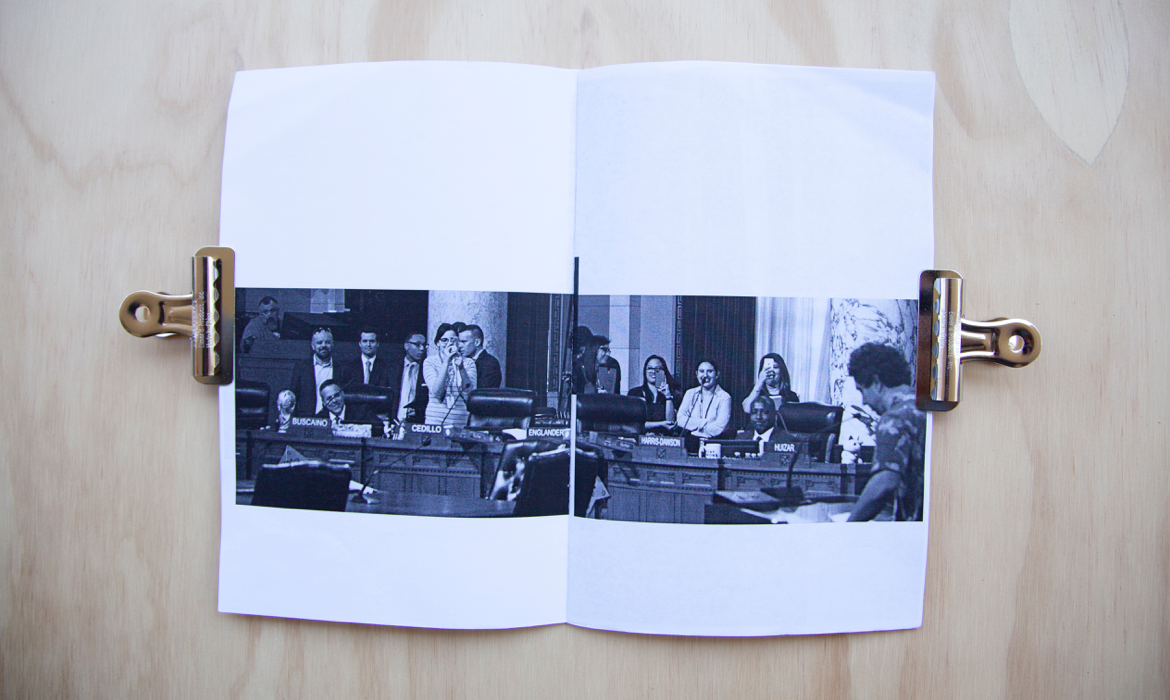

Figure 3: City council members and staff laugh at and with a member of the public who voices his disagreement with the recent motion to ban parties in the Hollywood hills.
South Pasadena
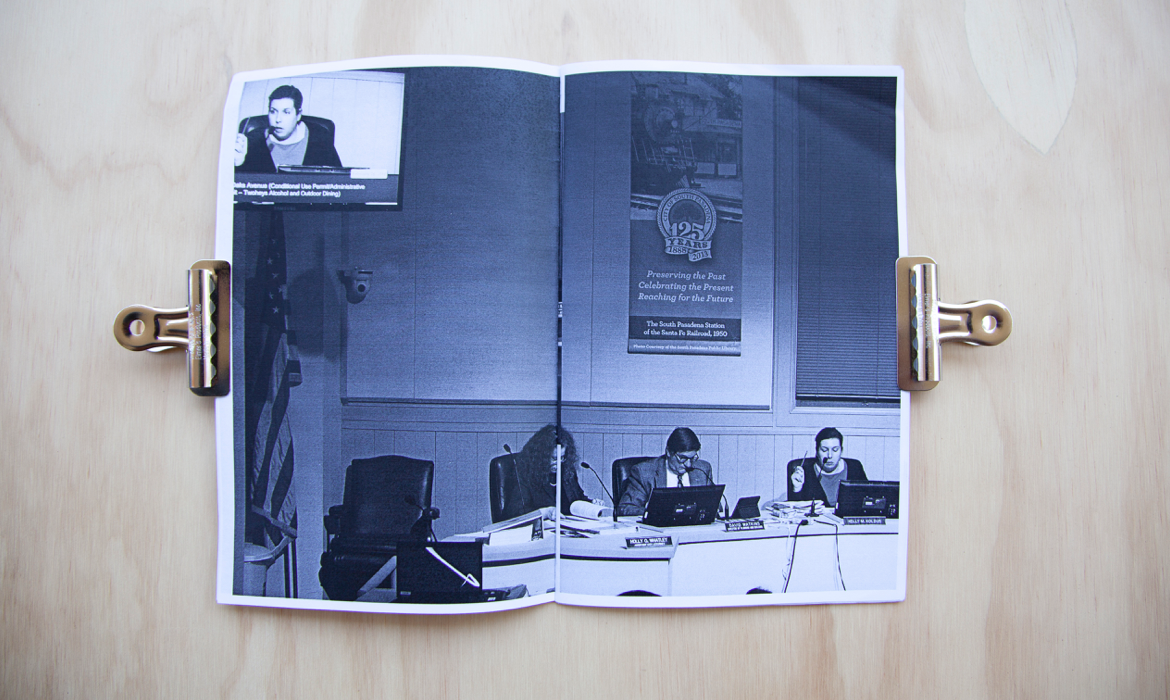

Figure 4: Technology serves as an important means of documentation.
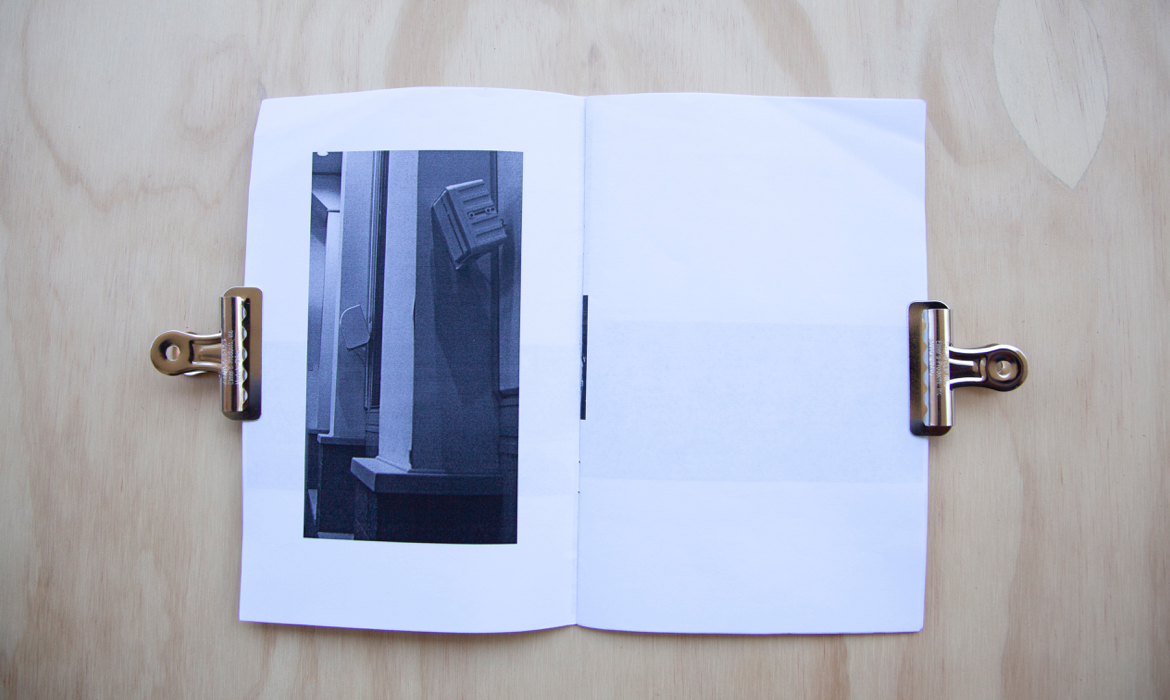

Figure 5: The speakers not only amplify sound but also subtly reinforce hierarchical relationships. Members of the public can only speak at designated times whereas city council members have free reign to voice their opinions at all times.
Pasadena
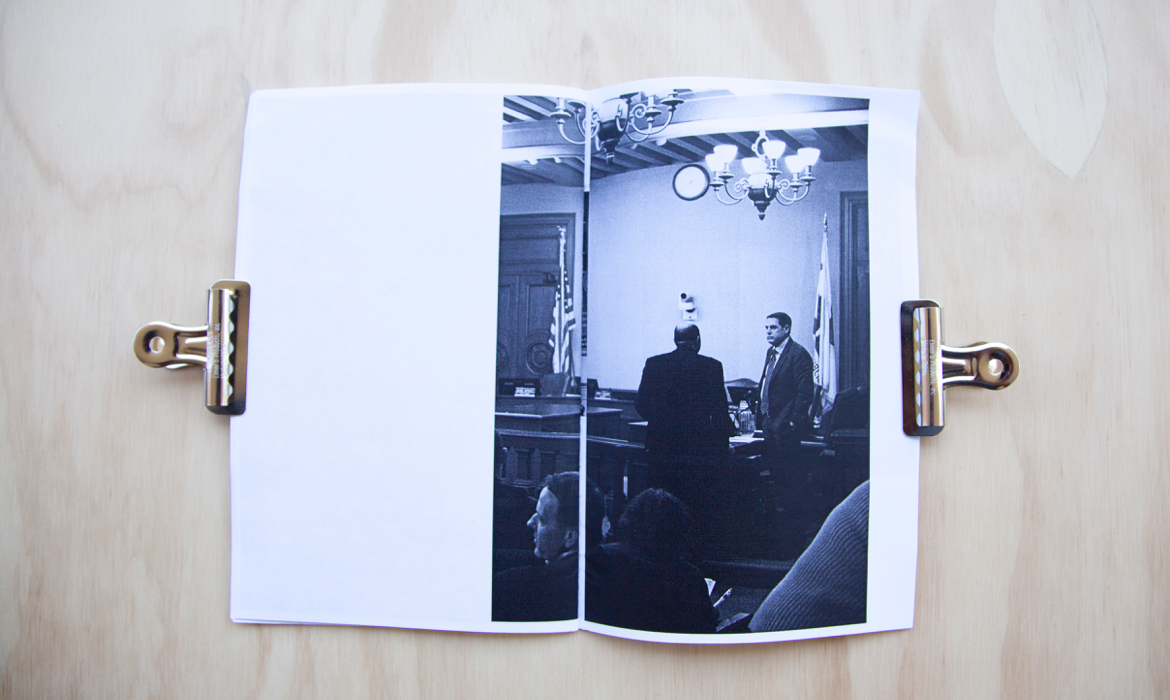

Figure 6: Cameras track and record the public, while city council members chat.
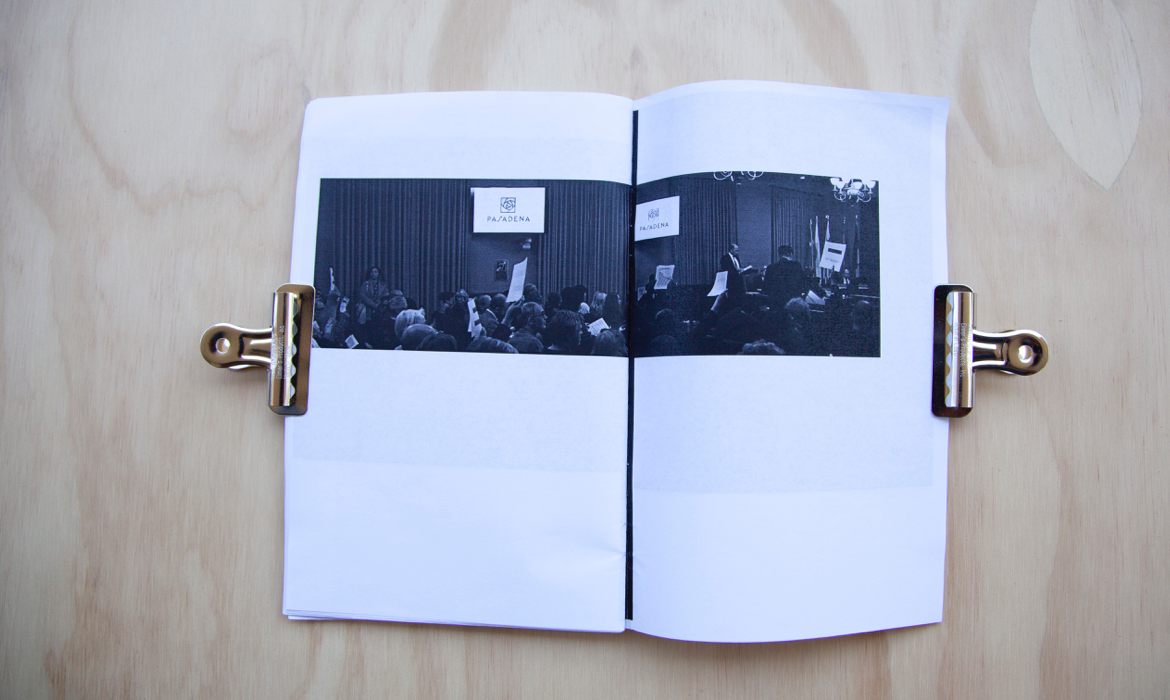

Figure 7: Activists protest police brutality holding up documentation containing statistics and chanting in unison for reform and for police accountability.
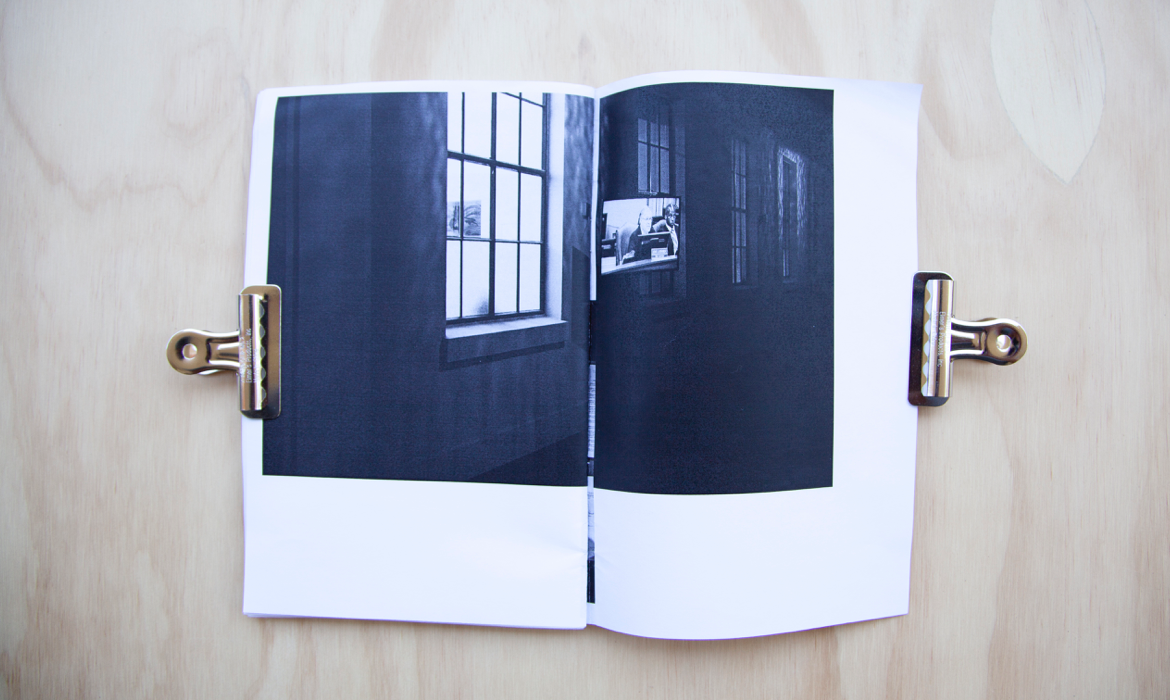

Figure 8: The television embodies a city council member outside the meeting chambers.
Reflection
Attending several meetings served as critical in my understanding of how decision making happens. Council members engagement and their willingness to listen to the public changes in each city. In Pasadena, the public was able to express their concerns and the members responded in due time. However, in Los Angeles council members rarely ever address concerns vocalized. At times the president patronized citizens, consistently reminding them to move on to the next item or tell them how much time they had left. These small forms of interruption are a constant reminder of who is not listening and who is in control.
What the visual essay is not able to capture is the temporal quality of the meetings. Decision making happens quickly at a cadence not understandable to a novice. Largely, the meeting is automated, council members have already decided how they will vote prior to voting. The meetings are both slow and fast; voting is quick while presentations are slow.
Ultimately, time spent at these meetings allowed me to structure the direction of Driverless Government, the meeting serving as the fulcrum for the smaller investigations to both imagine and unpack how artificial intelligence, data, and computation will affect governance.
Notes
* Attribution for the name goes to Norman Klein. In his book, The Vatican to Vegas: A History of Special Effects, describes how audiences in malls, casinos, and video games experience hierarchy and power in ways that both empowers and eradicates control from stakeholders.
© Jason Wong. All Rights Reserved.
